

Articles
How To Store Fresh Fish Fillets
Modified: October 22, 2024
Discover the best way to store fresh fish fillets and keep them fresh for longer. Read our informative articles on proper fish storage and avoid spoilage.
(Many of the links in this article redirect to a specific reviewed product. Your purchase of these products through affiliate links helps to generate commission for Storables.com, at no extra cost. Learn more)
Introduction
Fresh fish fillets are a delicacy that many people enjoy, but proper storage is crucial to maintain their freshness and flavor. Whether you caught the fish yourself or purchased it from a local market, knowing how to store fish fillets correctly will ensure that they stay delicious and safe to consume.
In this article, we will guide you through the process of choosing, cleaning, and storing fresh fish fillets. We will also provide tips for refrigerating and freezing fish fillets, as well as guidelines for thawing and using frozen fillets. By following these steps, you can extend the shelf life of your fish fillets and avoid any potential foodborne illnesses.
So, let’s dive in and explore the best practices for storing fresh fish fillets!
Key Takeaways:
- Choose fresh fish fillets based on appearance, smell, and origin to ensure quality. Properly clean, wrap, and refrigerate or freeze fillets for optimal freshness and safety. Enjoy delicious, well-preserved fish meals with these techniques!
- Safely thaw and use frozen fish fillets to maintain their texture and flavor. Consider extended storage options like vacuum sealing and blanching for prolonged freshness. Prioritize quality and sustainability when storing fresh fish fillets.
Choosing Fresh Fish Fillets
When selecting fresh fish fillets, it’s important to look for certain qualities to ensure you’re getting the best product. Here are some tips to keep in mind:
- Appearance: Choose fish fillets that have a vibrant and glossy appearance. The flesh should be firm and moist, with no discoloration, dry patches, or signs of bruising.
- Smell: Fresh fish should have a mild, briny smell. Avoid fillets that have a strong, fishy odor, as this could be a sign of spoilage.
- Eyes: If you’re buying whole fish, look for clear, bright eyes. Cloudy or sunken eyes are indications of an older or less fresh fish.
- Gills: Check the gills if possible. They should be a rich red color and free from slime or mucus.
- Skin: The skin of the fish should be shiny and intact, without any tears or blemishes.
- Origin: Whenever possible, choose locally sourced fish or opt for sustainable and responsibly sourced options. This ensures the highest quality and supports environmentally friendly practices.
By following these guidelines, you can ensure that the fish fillets you choose are fresh and of good quality, which is crucial for proper storage and flavor.
Proper Cleaning and Preparation
Before storing fresh fish fillets, it’s essential to clean and prepare them properly. This not only helps maintain their flavor but also helps prevent the growth of bacteria. Here’s how to clean and prepare your fish fillets:
- Rinse: Start by rinsing the fillets under cold water to remove any surface impurities and excess slime. Gently pat them dry with paper towels.
- Remove Scales: If the fish still has scales, use a scaler or the back of a knife to scrape them off. Work from the tail to the head in smooth, downward strokes.
- Trim: Check for any remaining fins or protruding bones and trim them off. This will make it easier to handle and store the fillets.
- Debone: If you prefer boneless fillets, carefully run your fingers along the flesh to feel for any remaining bones. Use clean tweezers or fish pliers to remove them, ensuring no bones are left behind.
- Season (optional): If you plan to use the fish fillets immediately, you can season them with salt, pepper, or your favorite spices. However, if you’re storing them, it’s better to season them just before cooking to preserve the flavor.
It’s important to note that the cleaning and preparation process should be done quickly to minimize the time the fillets spend at room temperature. This helps prevent any bacterial growth and maintains the quality of the fish.
Now that your fish fillets are clean and prepared, it’s time to move on to the next step: wrapping and storing them properly.
Wrapping and Storing Fish Fillets
Properly wrapping and storing fish fillets is essential to preserve their freshness and prevent contamination. Here are some guidelines to follow:
- Use airtight packaging: Wrap the fish fillets tightly in plastic wrap or aluminum foil to protect them from air exposure, which can lead to spoilage and flavor loss.
- Double wrapping: For added protection, consider double wrapping the fillets or placing them in a resealable plastic bag to minimize contact with air and prevent any odors from spreading to other foods in the refrigerator.
- Date and label: To keep track of how long the fish fillets have been stored, write the date on the packaging. This will help you prioritize their usage and minimize the risk of consuming expired fish.
- Store in the coldest part of the refrigerator: Place the wrapped fish fillets in the coldest section of your refrigerator, typically the back bottom shelf. The temperature should be set to around 32°F to 39°F (0°C to 4°C).
- Keep away from strong odors: Fish can absorb strong smells, so it’s crucial to store them away from any pungent foods like onions or garlic, as well as cleaning products or chemicals.
By following these storage practices, you can extend the shelf life of your fish fillets while maintaining their quality and reducing the risk of spoilage or cross-contamination.
Next, let’s delve into some specific tips for storing fish fillets in the refrigerator.
Refrigerator Storage Tips
When it comes to storing fish fillets in the refrigerator, proper temperature and handling are key. Here are some tips to ensure optimal refrigeration:
- Temperature control: Set your refrigerator to a temperature of 32°F to 39°F (0°C to 4°C). Maintaining a consistent and cool environment is crucial for preserving the freshness of the fish.
- Fridge placement: Place the wrapped fish fillets in the coldest part of your refrigerator, typically the back bottom shelf. This helps ensure a steady and even temperature.
- Use within 2 days: For best quality, it’s recommended to use refrigerated fish fillets within 2 days. The longer they sit in the refrigerator, the higher the risk of spoilage and deterioration.
- Regularly check for freshness: Before cooking or consuming refrigerated fish fillets, always check their freshness. Look for any signs of discoloration, off odors, or sliminess. If any of these are present, discard the fillets to avoid foodborne illness.
- Avoid overloading: Do not overcrowd the refrigerator with too many items, as this can hinder proper air circulation and cooling. Adequate airflow helps maintain a consistent temperature and prevents the growth of bacteria.
Following these refrigerator storage tips will help keep your fish fillets fresh, safe, and ready to be cooked at a moment’s notice. However, if you have excess or want to store the fillets for a longer period, freezing them is a great option.
Let’s explore freezing fish fillets in the next section.
After purchasing fresh fish fillets, pat them dry with paper towels and store them in an airtight container or resealable plastic bag in the coldest part of the refrigerator for up to two days.
Read more: How To Store Fresh Caught Fish In Fridge
Freezing Fish Fillets
If you have a surplus of fresh fish fillets or want to extend their storage life, freezing them is a convenient option. Freezing fish fillets properly helps maintain their quality and flavor. Follow these steps to freeze fish fillets:
- Preparation: Clean and prepare the fish fillets as mentioned earlier. Make sure they are dry before proceeding to the next step.
- Wrap individually: Wrap each fillet tightly in plastic wrap or place them in individual freezer bags. This prevents freezer burn and maintains the texture and flavor of the fish.
- Double protection: For added protection, place the individually wrapped fillets in a larger resealable freezer bag or wrap them in aluminum foil. This further shields them from air exposure and helps prevent any odors from transferring.
- Label and date: Clearly label the packaging with the type of fish and the date of freezing. This will help you keep track of the storage time and ensure you use the oldest fillets first.
- Freeze flat: Lay the wrapped fillets flat in the freezer to maximize space and prevent them from sticking together. Once they are frozen solid, you can rearrange them if needed.
When properly frozen, fish fillets can retain their quality for up to 3 months. However, for the best flavor and texture, it’s recommended to consume them within the first 1 to 2 months.
Now that you know how to freeze fish fillets, let’s move on to the proper thawing and usage techniques.
Thawing and Using Frozen Fish Fillets
Thawing frozen fish fillets correctly is essential to preserve their texture and flavor. Here are some guidelines to follow:
- Refrigerator thawing: The best and safest method to thaw frozen fish fillets is by placing them in the refrigerator. This slow thawing process allows for even defrosting while minimizing the risk of bacterial growth. Place the frozen fillets on a plate or tray to catch any possible drips and thaw them overnight or for several hours, depending on their size.
- Cold water thawing: If you need to thaw fish fillets quickly, you can submerge them in cold water. Place the wrapped fillets in a leak-proof plastic bag and submerge them in cold water. Change the water every 30 minutes to ensure it remains cold. It’s important to cook the fillets immediately after they have thawed using this method.
- Avoid room temperature thawing: Never thaw fish fillets at room temperature, as this promotes rapid bacterial growth and can cause foodborne illnesses.
- Using thawed fish fillets: Once the fish fillets are fully thawed, it’s essential to use them immediately to maintain their quality. You can cook them using your preferred method, such as grilling, baking, or pan-frying. Check for doneness by ensuring the fish flakes easily with a fork and reaches the appropriate internal temperature.
Remember, once thawed, it is not recommended to refreeze fish fillets. If you have leftovers from thawed fillets, store them in the refrigerator and use them within two days to maintain their freshness.
Now that you know how to thaw and use frozen fish fillets, let’s explore some tips for extended storage.
Tips for Extended Storage
If you’re looking to store fish fillets for an extended period, there are additional measures you can take to ensure their longevity. Here are some tips for extended storage:
- Vacuum sealing: Invest in a vacuum sealing system to remove air and tightly seal fish fillets in plastic bags. Vacuum sealing helps prevent freezer burn and extends the shelf life of the fillets.
- Freeze in portion sizes: If you anticipate using different portion sizes of fish fillets, it’s beneficial to freeze them individually. This way, you can easily thaw the amount needed without compromising the remaining fillets.
- Fish packaging: If you purchase fish fillets from a store, leave them in their original packaging if it’s freezer-safe. The packaging is specifically designed to protect the fish during freezing, and transferring them to another container may risk damaging the fillets.
- Consider blanching: Blanching the fish fillets briefly in boiling water before freezing can help maintain their flavor, texture, and color. This method is especially useful for delicate fish varieties like cod or sole.
- Keep an inventory: To avoid forgetting about frozen fish fillets, keep an inventory of what you have and when they were frozen. This will help you better manage your stock and ensure you use the oldest fillets first.
By following these tips, you can ensure that your fish fillets remain in optimal condition for an extended period, allowing you to enjoy them whenever you desire.
Now that you have a thorough understanding of storing fresh fish fillets, let’s conclude this article.
Conclusion
Properly storing fresh fish fillets is crucial to maintain their freshness, flavor, and safety. Whether you’re storing them in the refrigerator or freezing them for later use, following the correct techniques will ensure the best results. Here is a recap of the key points to remember:
- Choose fresh fish fillets based on their appearance, smell, eyes, gills, skin, and origin.
- Clean and prepare the fillets by rinsing, removing scales, trimming, and deboning.
- Wrap and store the fillets in airtight packaging, double wrapping for added protection.
- Refrigerate the fillets in the coldest part of the refrigerator and use them within two days.
- Freeze the fillets by wrapping them individually, labeling and dating the packages, and freezing them flat.
- Thaw frozen fillets safely in the refrigerator or using the cold water method, and use them immediately after thawing.
- Consider vacuum sealing, freezing in portion sizes, and blanching for extended storage.
By following these guidelines, you can ensure that your fish fillets stay fresh, flavorful, and safe to consume.
Remember to always prioritize freshness and quality when purchasing fish fillets, and support sustainable fishing practices whenever possible. Proper storage not only prolongs the shelf life of the fillets but also reduces food waste, allowing you to enjoy delicious fish meals whenever you desire.
So, the next time you have fresh fish fillets on hand, use these storage techniques to make the most of your catch or purchase. Enjoy the delicious flavors of well-preserved fish fillets, be it a grilled salmon steak or a delicate sole fillet!
Frequently Asked Questions about How To Store Fresh Fish Fillets
Was this page helpful?
At Storables.com, we guarantee accurate and reliable information. Our content, validated by Expert Board Contributors, is crafted following stringent Editorial Policies. We're committed to providing you with well-researched, expert-backed insights for all your informational needs.

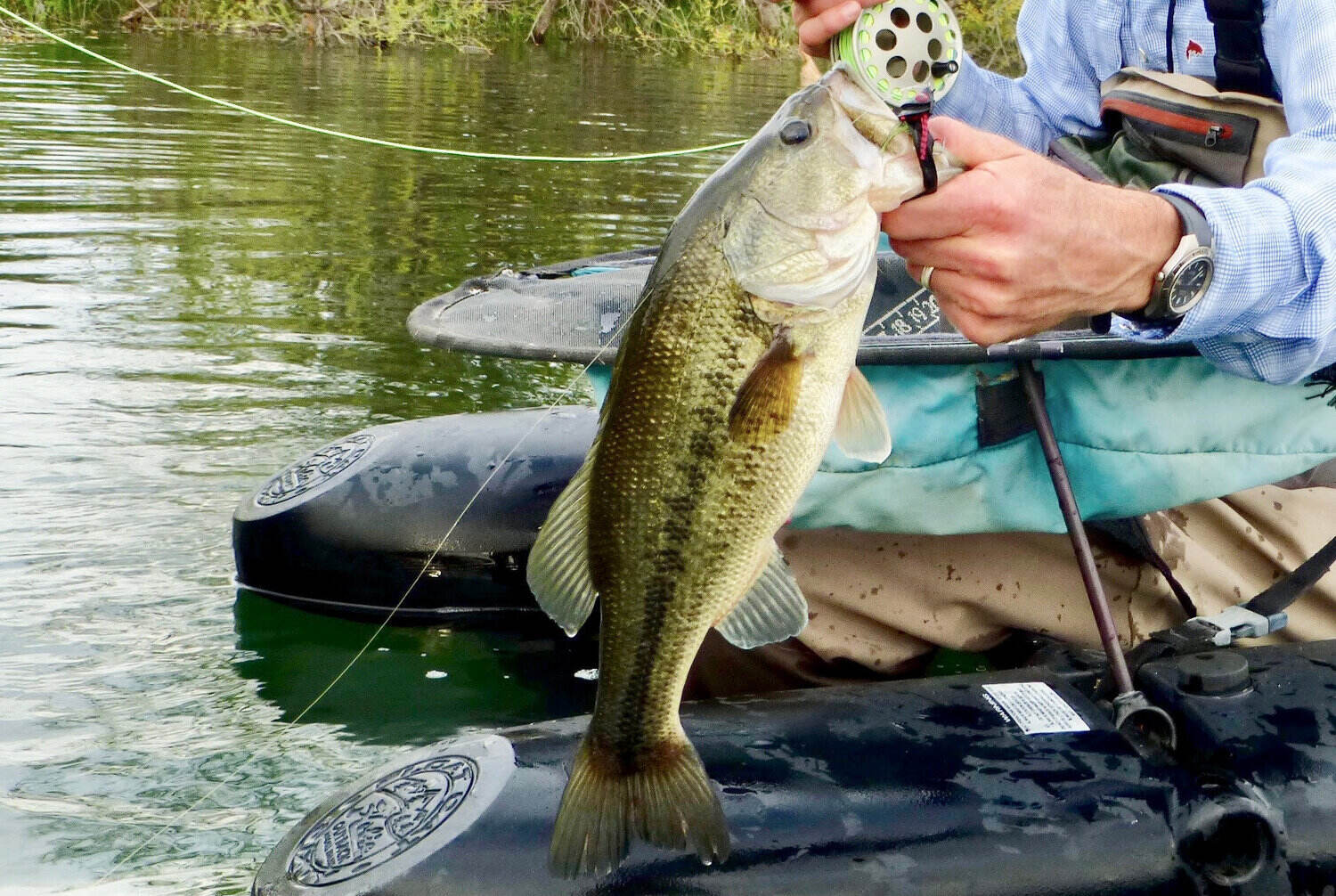





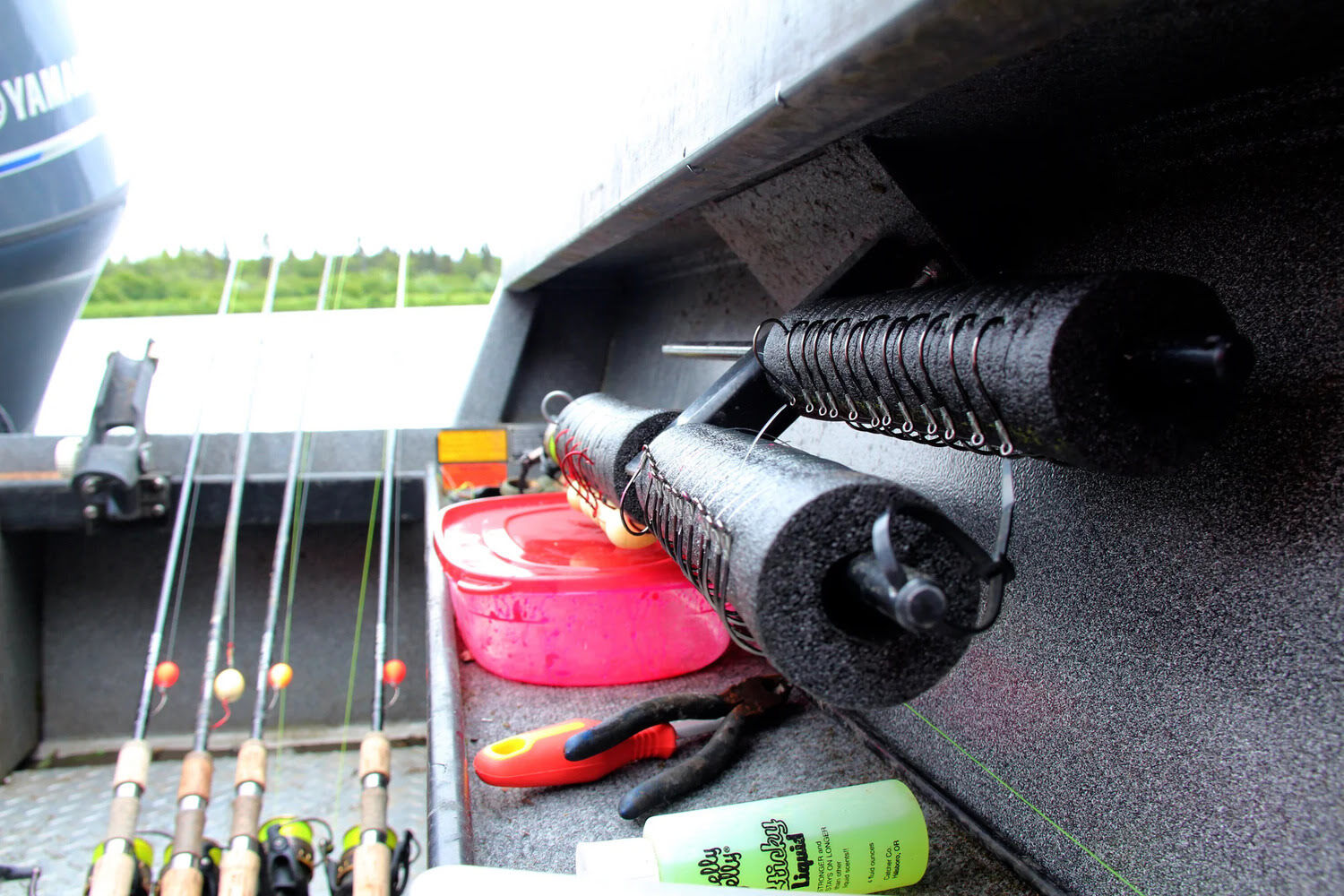
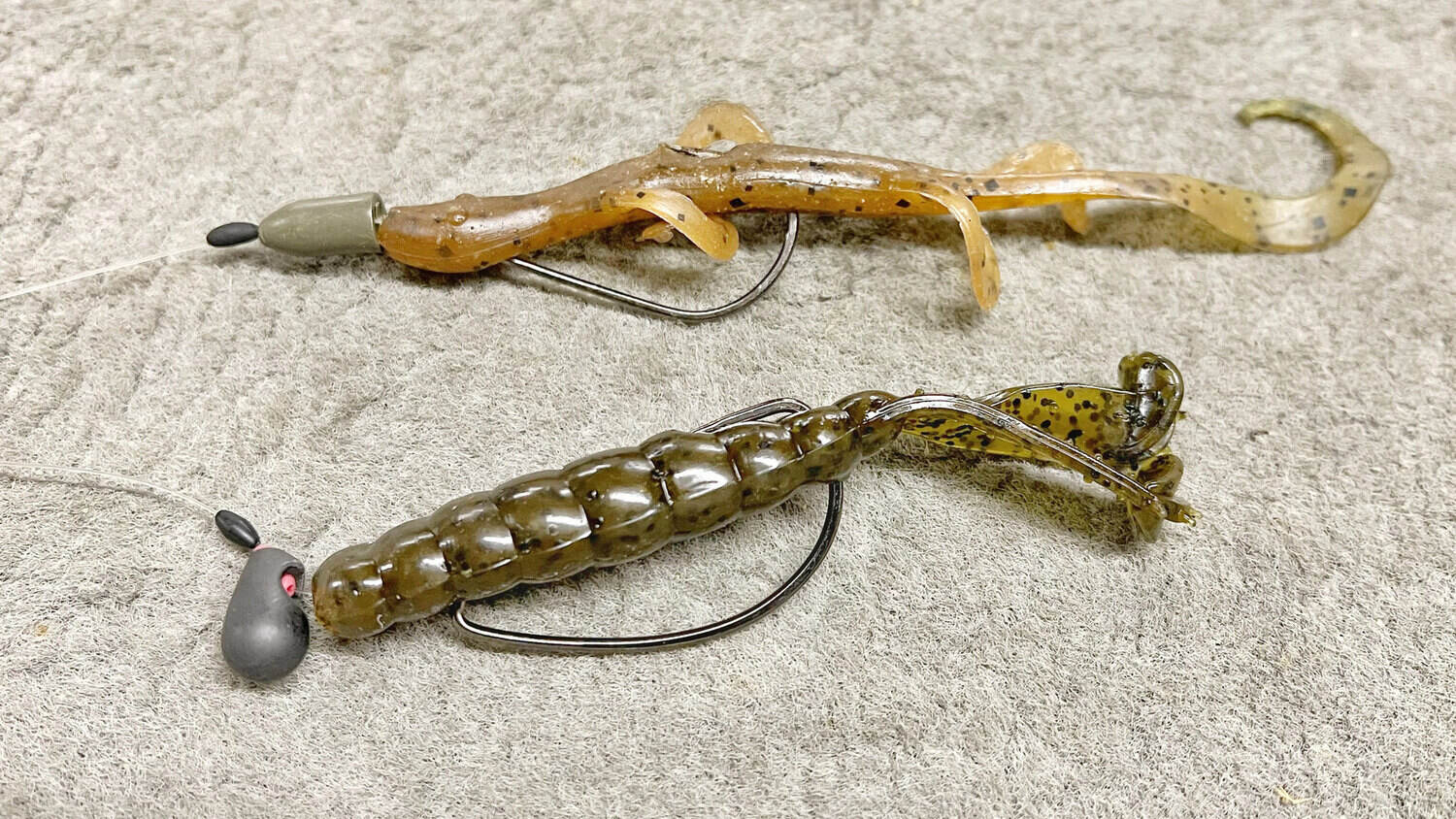
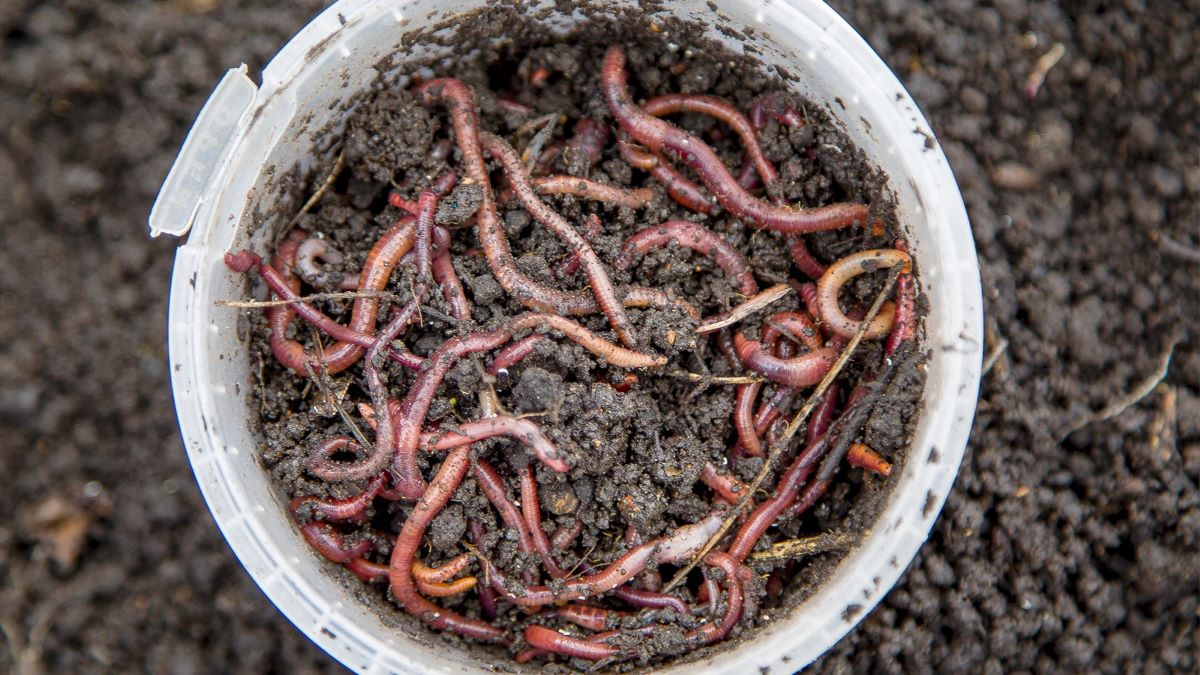
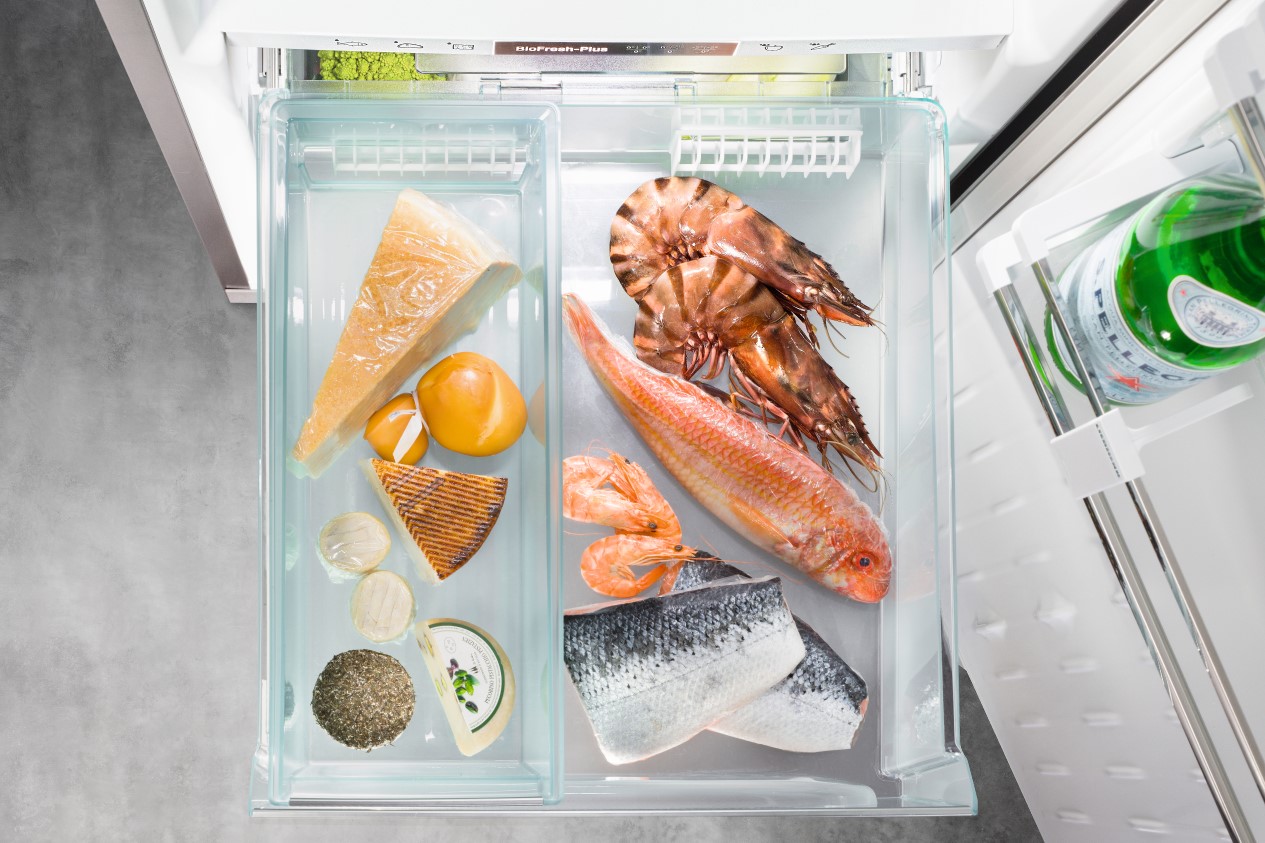

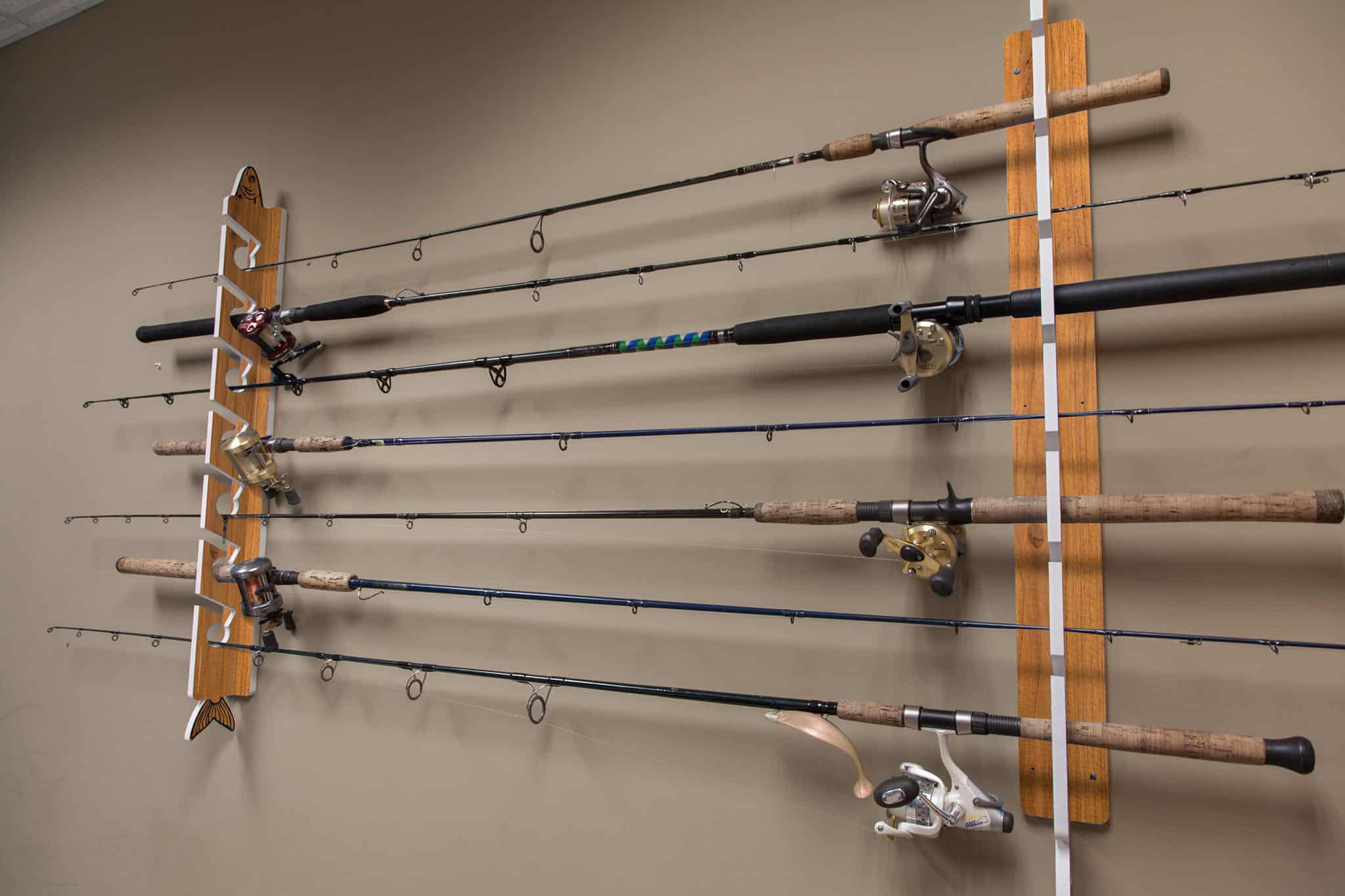


0 thoughts on “How To Store Fresh Fish Fillets”